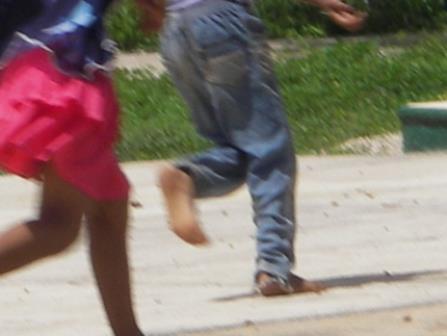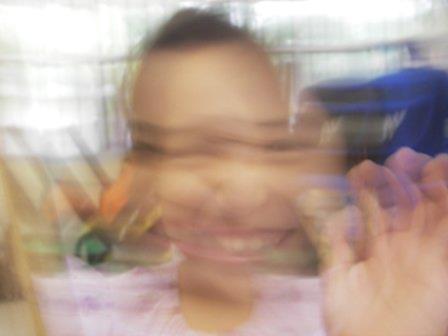Many of the methods I use have a visual component; however, I also employ the visual approach as a method unto itself. Products of my work with visual anthropology include an ethnographic film that presents the various local opinions about tourism development in Ek'Balam, a research dissemination project about the archaeological site of Mayapan, a photo plant guide, and a collection of photography for a "Modern Maya" exhibition planned for the community museum. Since then, I have left much of the collection of visual data to them. I currently have two cameras, battery chargers, and 10 gigabytes of storage in Secure Digital Storage (SD) cards in the village. One camera is with the family who hosts me and the other is with one of the CBT project leaders. Each time I return I copy the photos that they have taken and talk to them about the various events and people in the photos. This method is driven in part by the fact that I am unable to "view" tourists from the residents' perspective. When I am in the village and a group of tourists comes through, I am seen as more similar to them. By collecting photos taken by residents, I am able to get around this position. When I am in the village, I ask children to use my camera to take photos. Over the course of research I developed photo assignments for various children to complete. One is to photograph their favorite things, and the second is to photograph what they think tourists would like to see.




Both consistently produce images that are incredibly telling and useful in this research. Periodically, we discuss the photos they have taken and they explain why they chose particular subjects. This information, especially surrounding the perceptions of what tourists want to see, is then discussed with adults, who tend to have different ideas about what tourists come to see. The incorporation of this methodology furthers the research in two ways: 1) it involves families who are not directly involved in tourism development in the discussion of tourism, and 2) it provides insight into the different perceptions of how the village should present itself to outsiders.